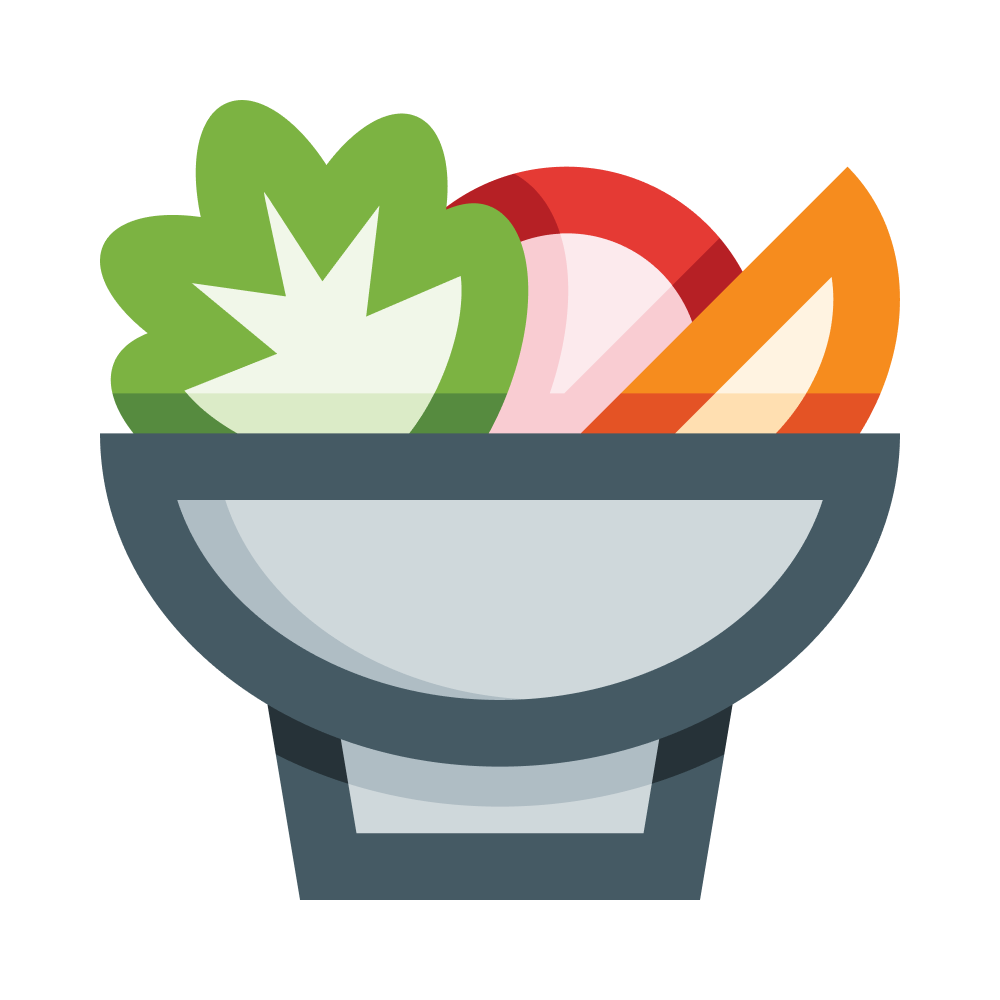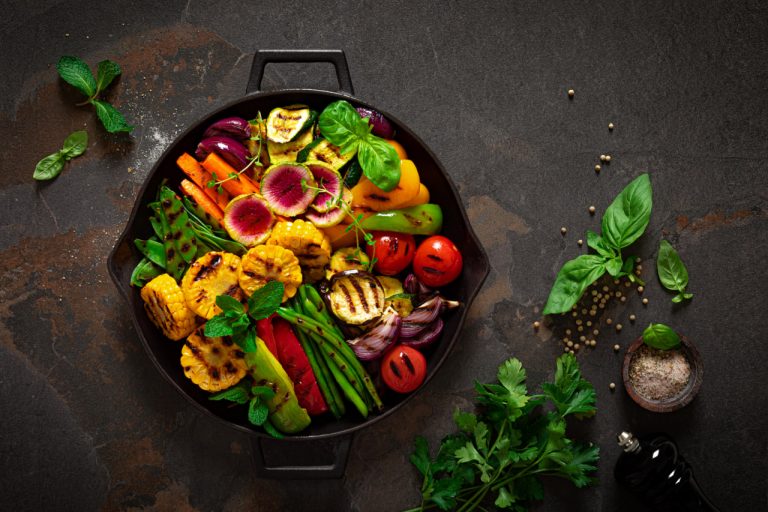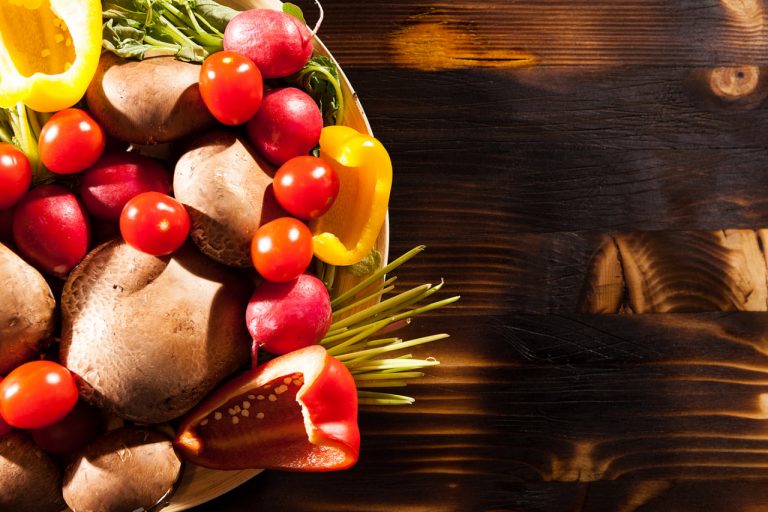One of the most common questions people ask when starting a vegetarian or plant-based diet is, “Where do I get my protein?” Protein is essential for building muscle, repairing tissues, and keeping the body energized. The good news is that there are plenty of plant-based protein sources that are not only nutritious but also versatile and delicious. This guide introduces the best beginner-friendly options and how to use them in your daily meals.
Legumes: Beans, Lentils, and Chickpeas
Legumes are among the richest and most affordable plant-based protein sources. Black beans, kidney beans, and chickpeas provide around 7 to 10 grams of protein per serving, while lentils can contain even more. They are also packed with fiber, which supports digestion and helps you feel full longer. Lentils cook quickly and can be used in soups or salads, while beans and chickpeas work well in curries, tacos, and grain bowls.
Soy Products: Tofu, Tempeh, and Edamame
Soy-based foods are excellent for anyone exploring plant protein. Tofu is versatile and takes on the flavor of marinades and sauces, making it suitable for stir-fries, curries, and even desserts. Tempeh is firmer and has a nutty taste, perfect for grilling or sautéing. Edamame, or young soybeans, can be enjoyed as a snack or added to salads and noodle dishes. These soy products are complete proteins, meaning they contain all essential amino acids.
Whole Grains: Quinoa, Brown Rice, and Oats
Grains are often overlooked as protein sources, but they can make a big difference in a balanced diet. Quinoa is a standout because it is also a complete protein, providing around 8 grams per cup. Brown rice and oats contain less protein per serving but are still important contributors, especially when combined with beans or vegetables. These grains also supply complex carbohydrates that give you lasting energy.
Nuts and Seeds
Almonds, peanuts, sunflower seeds, chia seeds, and hemp seeds are all excellent protein sources that also provide healthy fats. Just a handful of almonds or a spoonful of chia seeds can add valuable protein to your diet. Chia seeds and hemp seeds are particularly easy to incorporate into smoothies, oatmeal, and yogurt bowls. Nut butters like peanut or almond butter are also convenient ways to boost protein intake.
Vegetables with Protein
While vegetables are not as protein-rich as legumes or grains, some varieties still offer a surprising amount. Spinach, broccoli, and Brussels sprouts each contain several grams of protein per serving. When combined with beans or grains, they help create a more balanced and satisfying meal.
Plant-Based Protein Powders
For beginners who want an easy boost, plant-based protein powders made from pea, rice, hemp, or soy can be a helpful option. These powders are convenient for smoothies or baking, though whole foods should always be the foundation of a healthy diet.
Combining Protein Sources for Balance
One of the keys to plant-based eating is variety. While some plant proteins are incomplete on their own, combining foods such as rice and beans or hummus and whole grain bread provides all essential amino acids. By eating a mix of legumes, grains, nuts, and vegetables, you can easily meet your protein needs.



